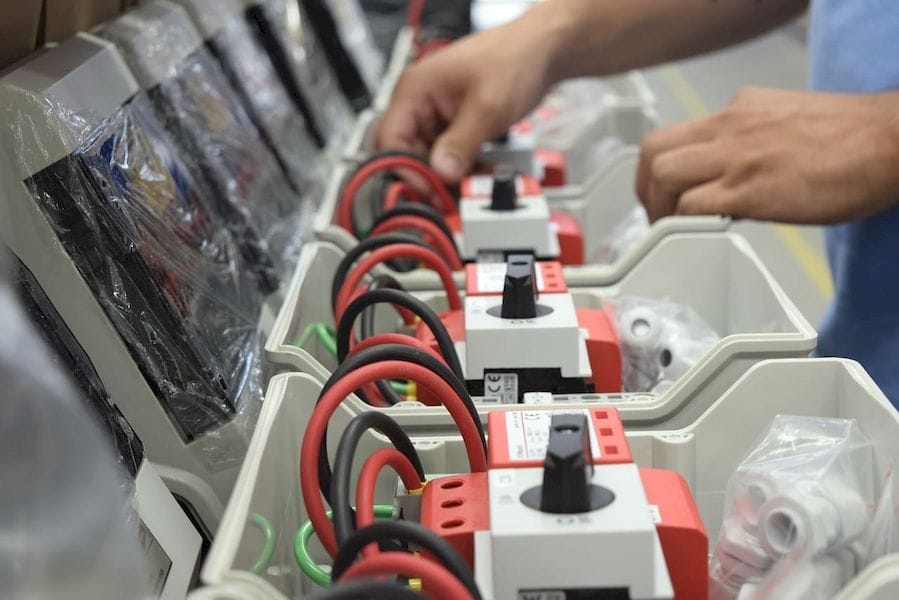
Ultimaker published some interesting statistics today, leading to some interesting questions.
They’re looking at a rather unusual stat that I haven’t seen previously: the cost of manufacturing PER MINUTE. They say, for example, that the cost of automotive manufacturing in the United States is currently USD$460,706 per minute.
They went on to investigate similar statistics for the all types of manufacturing. This is done by simply adding up all the costs of salaries for certain roles within manufacturing, as well as other economic data.
They also combined this with the known revenues and were able to compute by arithmetic a “profit per minute” statistic:
- Manufacturing costs per minute: USD$4,269,230,769.23
- Manufacturing revenue per minute: USD$4,280,821.92
- Manufacturing margin per minute: USD$22,480
These statistics tell us some things, but not others.
I’m surprised that the margin ratio is so incredibly low. The USD$22,480 represents only a 0.5% profit margin, which is quite thin.
Remember that these are macro numbers that represent the entire industry, powering along at each and every minute every day, so they don’t necessarily indicate the state of affairs at a particular manufacturing operation. However, it’s very likely the profit margins are quite thin as manufacturing is a mature industry that has had many years to develop and stabilize competition.
Why did Ultimaker generate these statistics? It’s their belief (and mine) that 3D printing technology, if appropriately applied within a manufacturing organization, could provide small benefits to the entire process. And a small benefit could end up to be a very significant financial advantage. For example, if a 0.1% improvement were identified, this would change the 0.5% margin to 0.6%, an increase in profits of 20%!
But the numbers are really quite general, and there is far more to the story than just this. I’m not sure, for example, if their calculations included the costs of equipment and facilities, which are significant expenses that any manufacturing operation would incur.
Similarly, it’s not clear how delays in process would affect a manufacturing process. Consider the case of a project in which a part made using traditional techniques might take eight weeks to complete, while a 3D printed version could be done in a day.
What is the resulting financial difference in those two scenarios? Does the manufacturer lose the business because the client went somewhere else to get the part more rapidly? Or would they wait because they had no other practical options? Or are there contractual penalties for time delays?
Would a manufacturing business attract more business (revenue) if they established a reputation for delivering completed parts quicker? If so, by how much? And what happens over time when their competition adopts similar practices and narrows – or exceeds – the lead of the first company’s speedy deliveries?
Ultimaker is surely seeking some kind of financial formula that can justify the installation and use of 3D printers within a manufacturing sequence, but to me I think the problem is vastly more complex than their statistic suggests.
However, I do agree with their point in general, even though the statistics don’t clearly prove so: manufacturing is a razor-thin margin business, and any advantage, even a small one, could be of considerable value.
Via Ultimaker

